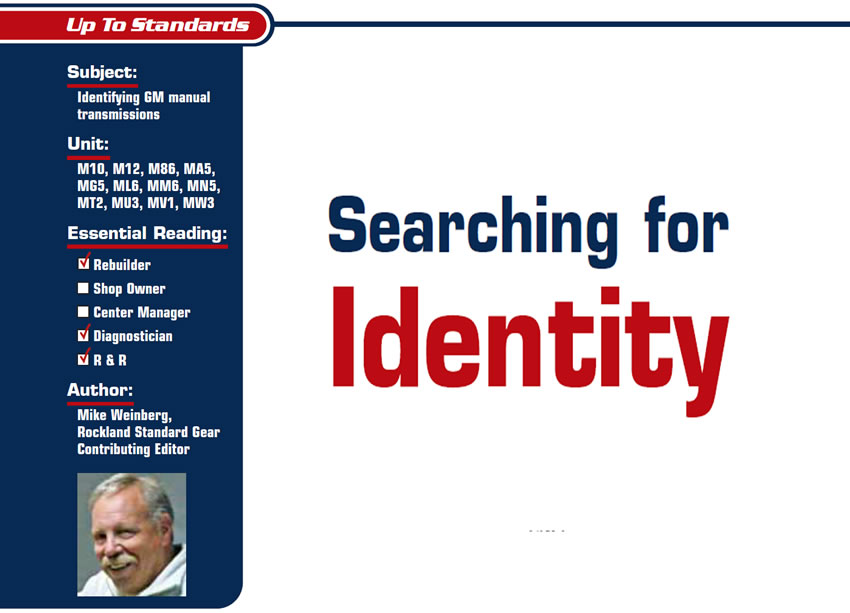
Up to Standards
- Subject: Identifying GM manual transmissions
- Units: M10, M12, M86, MA5, MG5, ML6, MM6, MN5, MT2, MU3, MV1, MW3
- Essential Reading: Rebuilder, Diagnostician, R & R
- Author: Mike Weinberg, Rockland Standard Gear, Contributing Editor
Identification of the vehicle and unit you are working on is the beginning of doing the job correctly. It is getting increasingly difficult to obtain the correct information and even to locate a service manual or Internet site.
The “Big Three” automakers are enduring very difficult times. Global competition is fierce, and many so-called “import” cars are being manufactured here in the U.S., while several good old American standbys are now “imports” because they’re being manufactured in Canada.
The globalization of auto manufacturing and the tough sales climate that is present have pushed the manufacturers to be ever more efficient. This has led to vehicle designs and components such as engines and transmissions to be used worldwide instead of by country. GM now is importing Pontiacs from Australia, Opel designs are showing up as Saturns, and the engines and transmissions are also being used across the board. It makes great sense to adapt an already designed and working system into other vehicles rather than continually create new designs. There are now and will be fewer different vehicle “platforms” in the future as the manufacturers seek greater efficiency to increase profits.
As I mentioned, there is a lack of easily obtained information for the repair industry. There is also a concerted effort to drive more business to the dealers of the automakers. I am not a conspiracy theorist. I cannot state with any certainty that information is purposely made hard to get for the aftermarket. Part of what I believe is happening is the automakers providing new or reman components to their dealerships for the repair of their brands, rather than having the dealership technicians rebuild them.

Part of this trend is also not to provide service parts to repair these components, since you are going to simply swap units for the repair. If this trend continues, the manufacturers can cut out the cost of stocking a huge variety of parts in all their facilities and can use less-skilled technicians to do R& R work without the need to rebuild components.
This makes an interesting long-term view for our industry: If there are no sources of parts to rebuild units, will our shops be doing just replacement and diagnostic work? If the auto manufacturer owns the tooling that produces the parts and prevents those parts from being sold to the aftermarket, will we have to buy aftermarket parts for our work? If parts are not available how do you rebuild units?
I have just received my copy of The GM Transmission Service Manual. This is a two-volume set called GMPT/06-TURM-1 and is available through Helm Inc. These books provide service procedures for all GM transmissions, transaxles and transfer cases. It does not replace the need for the individual vehicle service manuals, as it is concerned with only unit repair and not vehicle diagnosis.
The book is excellent for the most part but seems to be lacking certain key information such as transmission ratios and theory of operations. It appears that whoever put this book together really knows about constructing a manual but has no expertise as to what important information should be included from a technical standpoint. There are no pictures of the manual units with identification points, and it takes a while to understand which unit is found where.
GM sometimes uses the RPO codes to identify the repair sections in the manual. The following is a guide to all the manual transmissions and transfer cases that GM is using, with the information good through March 29, 2006. There are 11 manual transmissions in use by GM.
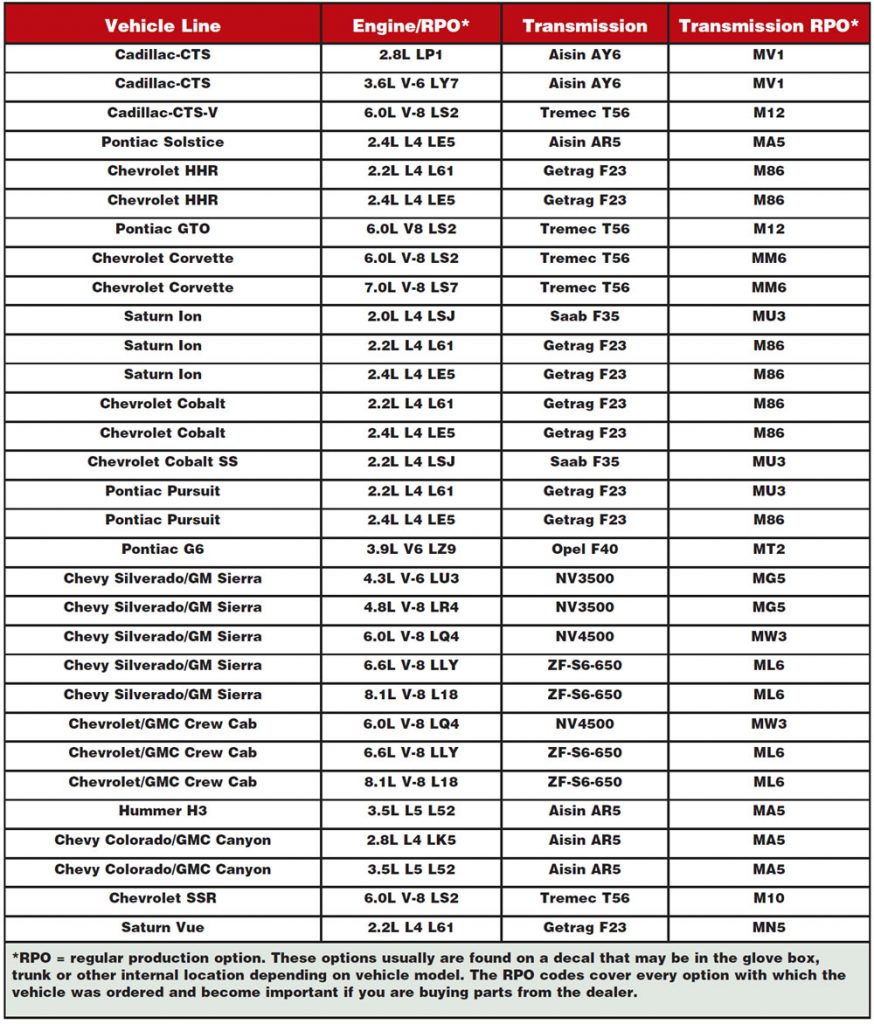
*RPO = regular production option. These options usually are found on a decal that may be in the glove box, trunk or other internal location depending on vehicle model. The RPO codes cover every option with which the vehicle was ordered and become important if you are buying parts from the dealer.
Transmission Descriptions
- Aisin AR5 – 5-speed rear-wheel-drive manual transmission, overdrive 5th, similar in design to AX15
- Aisin AY6 – 6-speed rear-wheel-drive manual transmission, 6th overdriven
- Opel F40 – 6-speed manual front-wheel-drive transaxle
- Getrag F23 – 5-speed manual front-wheel-drive transaxle
- MK5 – 5-speed manual front-wheel-drive transaxle, similar to Toyota-design units
- Tremec T56 – 6-speed rear-wheel-drive manual transmission, 5th and 6th overdriven
- MTN – 6-speed manual front-wheel-drive transaxle, similar to Toyota-design units
- Saab F23 – 5-speed manual front-wheel-drive transaxle, also called MU3 in the service manual
- NV3500 – 5-speed manual rear-wheel-drive transmission, aluminum case
- NV4500 – 5-speed manual rear-wheel-drive transmission, cast-iron case
- ZF S6-650 – 6-speed manual rear-wheel-drive transmission, aluminum case
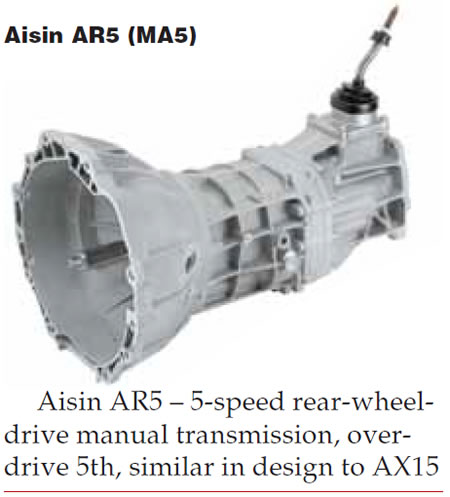
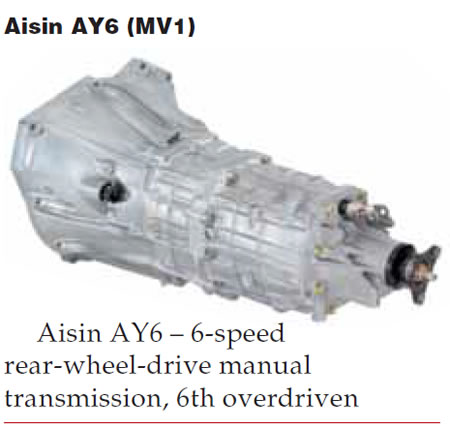
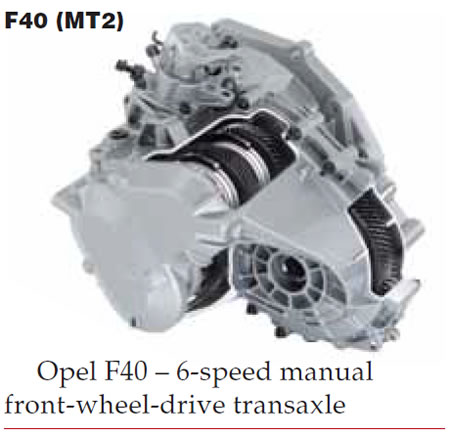
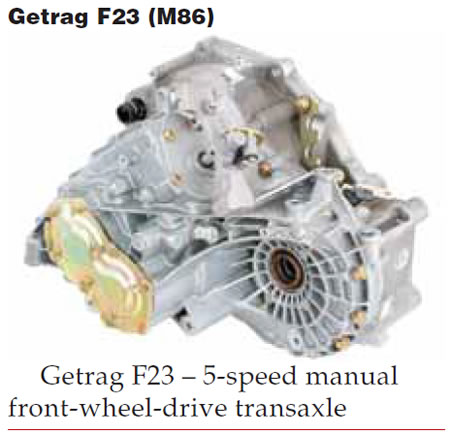
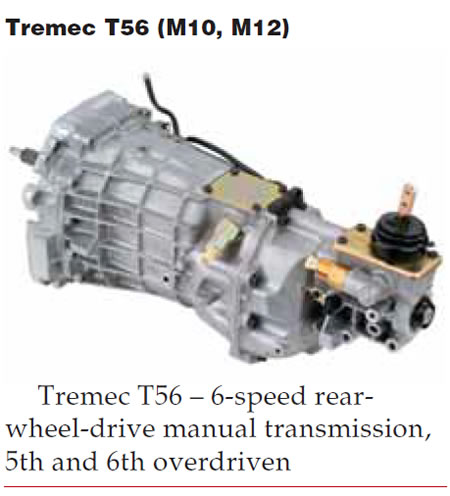
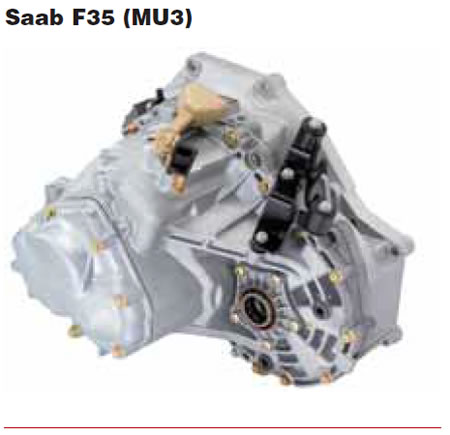
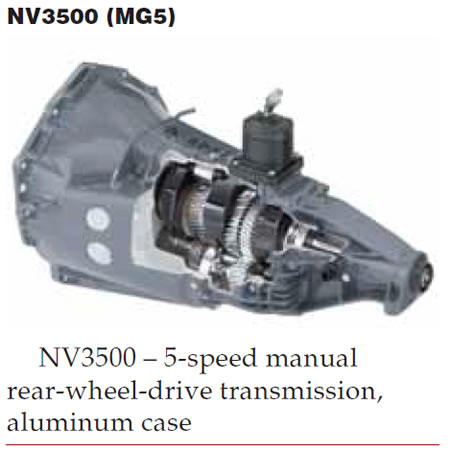
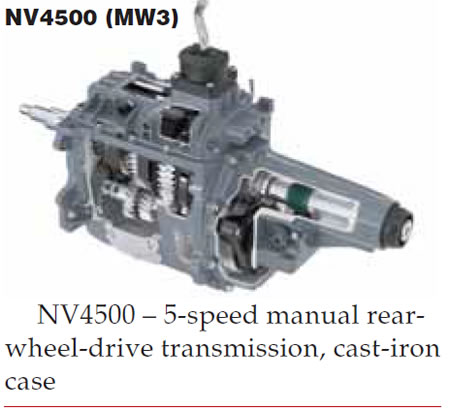
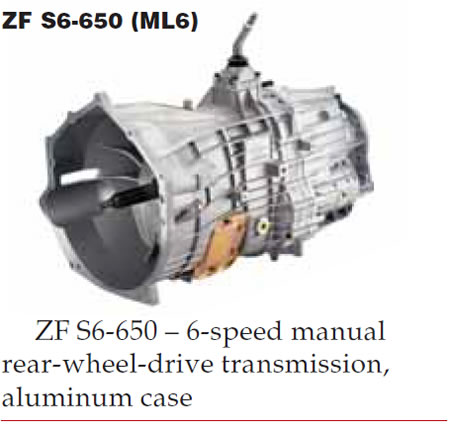
Information is the key to any business, and the pursuit of information is never ending in our quest to be the best at what we do. The changes and consolidations in progress will not slow down. This means that we have to redouble our efforts to find all available sources of information and turn them into useful knowledge. Keep studying the details and the big picture will take care of itself.














